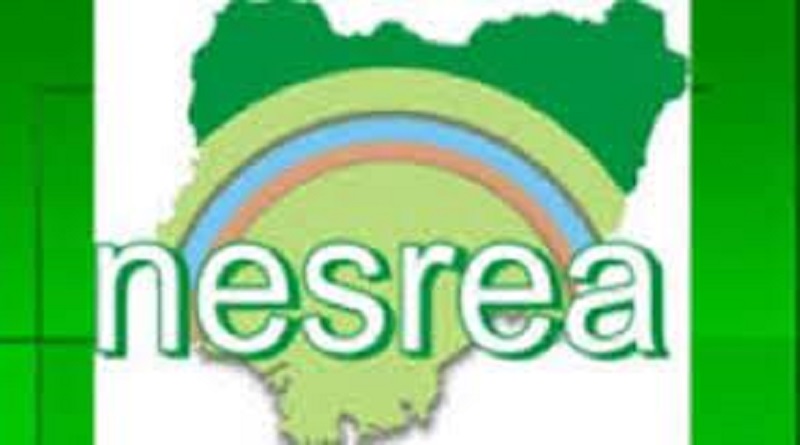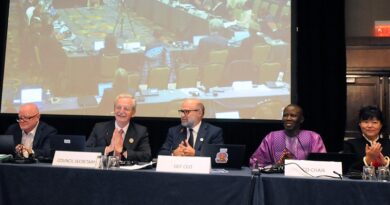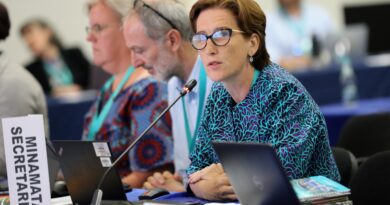NESREA lists challenges against effective implementation of environmental programmes
The National Environmental Standards and Regulations Enforcement Agency (NESREA) has identified some challenges hindering effective implementation of agency environmental programmes, which are its core mandates.
Part of the challenges, as listed by NESREA were: poor enforcement infrastructure, insufficient funding and poor budgetary allocation for environmental compliance monitoring.
Prof. Aliyu Jauro, Director-General of the NESREA, disclosed this at a press conference on the activities of the agency, in Abuja.
Jauro said that the aim of the parley was to discuss some of the plans, challenges and achievement of the agency made so far in 2021 and a way forward.
“The agency is being faced with some of these challenges such as insufficient funding and poor budgetary allocation for environmental compliance monitoring and enforcement programmes.
“Poor enforcement infrastructure; incessant delay of environmental crime cases in courts, poor adaptation of green technologies by the industry.
“Also, multinational companies applying weaker operational standards in Nigeria different from their parent companies and poor inter-agency cooperation and partnerships.
“The agency need more vehicles to move around for monitoring and enforcement as well as equipping the staff with adequate training to enable them carry out the work effectively.
“We need to equip our personnel at least, each staff should have a computer for effective service delivery, these are what we need to acquire, if adequate funding and good budgetary allocation is provided,” he said.
Jauro said that environmental issues were cross-cutting with effects on all segments of the economy, adding that sustainable development could only be achieved in an atmosphere of good environmental governance.
He said that the agency carried out environmental compliance monitoring exercises in 24 states, adding that about 89 facilities were sealed.
He said that some of the facilities were dragged before the court of law for appropriate sanctions.
“The agency undertakes regular compliance monitoring visits to facilities. These exercises are carried out with the primary objective of keeping industries and facilities abreast with their environmental responsibilities, advising them on how to better carry out their operations.
“It also encourages voluntary compliance by the regulated community. NESREA also steps in to investigating and resolving environmental petitions brought in by members of the public against individuals or facilities,” he said.
The director-general said that the agency had seized several specimen such as elephant tusks, worked, semi worked ivories, pangolin scales, rhino horns among others.
He said that exercise was in collaboration with some relevant enforcement agencies such as the Nigerian Customs Service, National Center Bureau (NCB) and Interpol.
“Presently, about 2,972 pieces of elephant tusks and ivories weighing 1,3851.55kg, as well as 74 pieces of non-elephant ivories weighing 98.50kg and 27 sacks plus leather bag weighing 290.05kg are in the agency’s custody as seized items.
“Culprits of these items have been prosecuted by the agency in the court of law.
Jauro said that the agency in collaboration with the Global Environment Facility (GEF) was currently implementing a special intervention programme, titled: “Circular Economy approaches for the Electrical Electronic Sector in Nigeria”.
He said that the programme was a major aspect of the agency’s drive towards the implementation of Extended Producer Responsibility (EPR) programme in the electrical electronics sector.
He said that the agency had concluded arrangement for the take-off of the National Vehicular Emission Control Programme (NVECP) and the National Generator Emission Control Programme (NGECP).
He said that the programmes aimed at compliance to some national environmental regulations to do with the control of gaseous emissions and ensuring the attainment of Nationally Determined Contributions of reduction in the emission of greenhouse gases.
By Vivian Emoni



